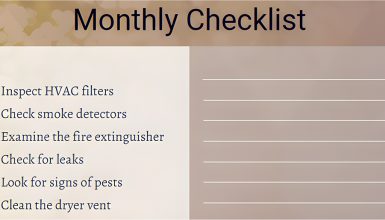A mobile home feeder cable plays a big role in your electrical setup. Simply put, it’s the main cable that brings electricity from the main panel—which might be outside your home or near your power source—to the sub-panel inside your mobile home.
Mobile Home Feeder Cable Sizes
Let’s break down the most common mobile home feeder cable sizes. Depending on the amperage your home needs, you’ll need a specific size to keep everything running smoothly and safely.
1. 50 Amps
For a 50-amp service, you’ll typically need #6 AWG copper or #4 AWG aluminum. This is often enough for smaller setups or homes with minimal power needs. Copper is more efficient, but aluminum can save money if you’re on a budget.
2. 100 Amps
If your mobile home needs 100 amps, you’ll usually go with #2 AWG copper or #1/0 AWG aluminum. This is a typical setup for many mobile homes with more appliances, like air conditioning units or electric water heaters.
3. 150 Amps
For a larger power demand of 150 amps, #1/0 AWG copper or #3/0 AWG aluminum is what you’ll need. This size is ideal if your home has a lot of energy-hungry devices, like multiple HVAC systems or electric cooking ranges.
4. 200 Amps
For the largest setups, you’ll need #3/0 AWG copper or #4/0 AWG aluminum for a 200-amp service. This is usually the maximum setup for mobile homes and is perfect for those with a lot of heavy-duty appliances or even a small workshop attached to the home.
Copper vs. Aluminum Feeder Cables
Choosing between copper and aluminum feeder cables? Let’s look at the basics: performance, cost, and how easy they are to install.
Pros and Cons
Copper is an amazing conductor. It moves electricity well and resists rust, meaning it lasts a long time. But there are downsides—copper is heavier and more expensive, making it a bit harder to install.
Aluminum, on the other hand, is lighter and much cheaper. It’s easier to handle and install, but it could be better at carrying power. This means you’ll need a thicker aluminum cable to match copper. Plus, aluminum can rust if not installed carefully, leading to issues down the road.
Which One Costs Less?
If budget is your main concern, aluminum wins. It’s cheaper, especially for bigger projects. But copper might be worth the extra cost if you’re after something more durable and efficient.
Long-Term Durability and Installation
Staying in your mobile home for the long haul? Or live somewhere damp? Copper could be a better choice since it fights off corrosion better. Suppose you’re trying to save some cash and want something easier to install. In that case, aluminum is fine, too—just be sure it’s installed correctly to avoid any future headaches.
How to Choose the Right Cable Size for Your Needs
Choosing the right cable size can seem tricky, but breaking it into simple steps makes it much easier.
Step 1: Figure Out Your Electrical Needs
Start by adding up the wattage of everything that uses power in your mobile home. This includes appliances, lights, and other electrical devices. This will give you an idea of your total power needs. If you need more time, an electrician can help you out.
Step 2: Measure the Distance
Next, measure the distance from your main panel to the sub-panel. The longer the distance, the thicker the cable you’ll need to avoid power loss. You want all your devices to get the power they need without any drops!
Step 3: Check Local Codes
Always check the local building codes. The NEC (National Electrical Code) gives general guidelines, but your area may have its own rules. Make sure your choice meets all requirements. If you’re unsure, call an electrician—better safe than sorry!
Following these steps, you can pick the right cable size and keep everything running smoothly and safely.

















